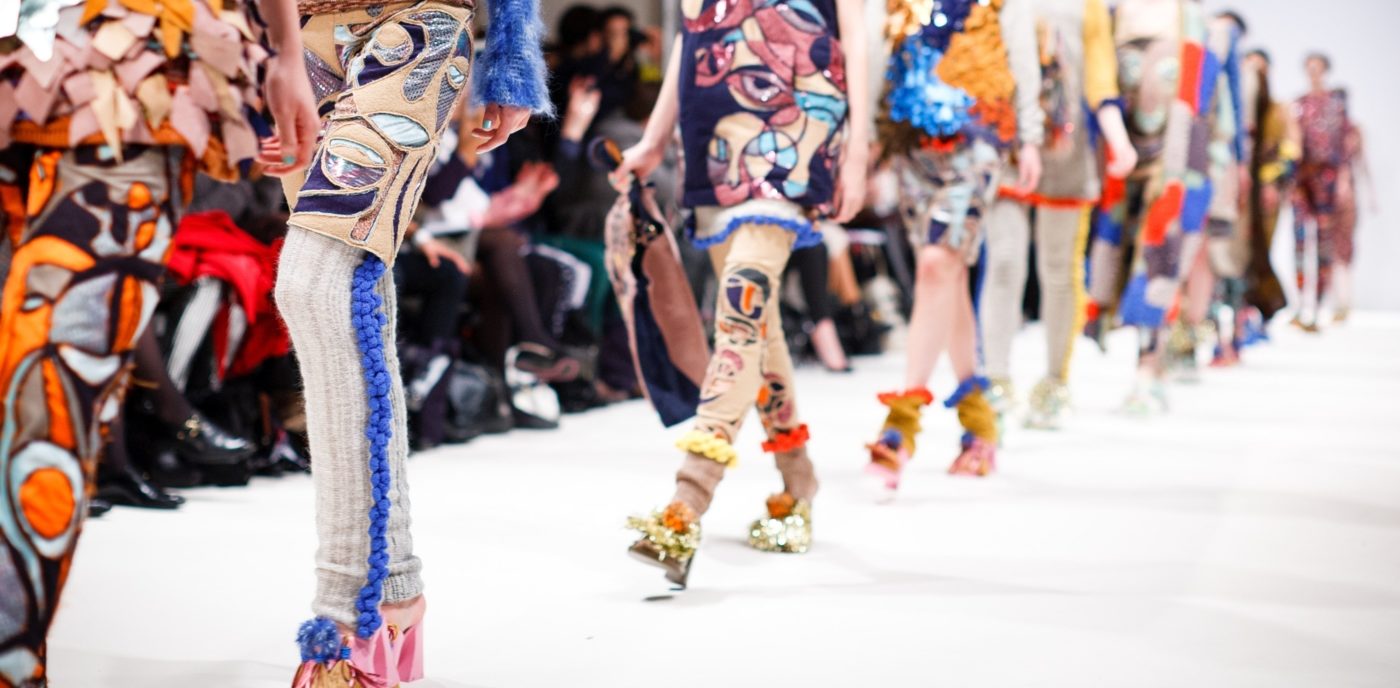We need to look past the glamour of fast fashion and #OOTD
Outfit of the day, commonly abbreviated to OOTD, posts on Instagram are extremely popular. The #outfitoftheday hashtag contains 35.6 million posts, whilst #ootd has 214 million. It’s a hashtag which has become an Instagram staple, making our feeds like a mini-catwalk as we pour over different outfits and fashion trends. But, like many social media trends, it’s damaging to ourselves and our environment in so many ways.
This phenomenon has caused a rise in a bizarre trend in the industry called ‘snap and send back’. Our living rooms have become shop changing rooms as 50% of 18-24 year olds admit to buying multiple items with the intention of returning some. This ‘snap and send back’ trend has also come from people buying a new outfit, either online or in stores, taking a picture of themselves wearing it for Instagram, and then sending it back. One in ten British people say they buy clothes for an image on social media before immediately sending them back for a refund, but this raises to almost one in five for those aged between 35 and 44. This trend has caused online retailers to panic due to high-level returns, as intentional returns may undermine their profits.
Retailers can tempt shoppers with newer items, convincing them that their own clothes aren’t in trend anymore
Further, this has led to a rise in the purchasing of ‘fast fashion’, when designs move quickly from the catwalk to the high street, in shops such as H&M, Zara, Primark and Topshop. Clothes are designed and manufactured quickly and inexpensively, allowing the consumer to buy ‘trendy’ clothing at a cheaper price. As students, there is a massive appeal to buying this cheap clothing to update our wardrobes regularly. Why would we buy the more expensive version when there is a £5 version in Primark? It makes keeping up with the outfit of the day hashtag much cheaper. Trends change so quickly and the inexpensive clothing sold by these stores allows consumers to keep up with the trends, disposing of old clothing which isn’t in fashion anymore.
It also means people don’t keep clothes as long as they used to, causing disposable fashion. Retailers can tempt shoppers with newer items, convincing them that their own clothes aren’t in trend anymore. We don’t have to mend our clothes because it is more often cheaper and easier to go out and buy something new. However, it’s not only the waste which negatively impacts the environment. The process of manufacturing the clothing has disastrous effects. Textile dyeing, after agriculture, is one of the largest polluters of clean water on a global scale. The toxic chemicals used to grow cotton is problematic in developing countries, which may lack sufficient investment and risk draught. Growing cotton requires large levels of water and pesticides to prevent crop failure, but most is genetically modified to be resistant to the bollworm pest. As a result, this causes ‘superweeds’ to develop. These are resistant to standard pesticides and, in turn, must be treated with more toxic pesticides. The harmful effect this has to both livestock and humans is clear.
The outfit of the day hashtag may brighten up our lives for the millisecond we scroll over it
If you look at the label in your favourite top, it’s probably made with polyester, whether it’s 100% polyester or mixed with other materials. You probably know that one of our biggest concerns today is the amount of plastic in our oceans, killing aquatic creatures. But, did you know that when washed in domestic washing machines, polyester sheds microfibers? These microfibers add to the growing amount of plastic as many don’t biodegrade. So, the outfit of the day hashtag may brighten up our lives for the millisecond we scroll over it as we wake up or wait for the bus. It might still feel worth it as we see the likes coming in after posting, but it is far too destructive to our environment to justify this simple pleasure.

Comments (1)